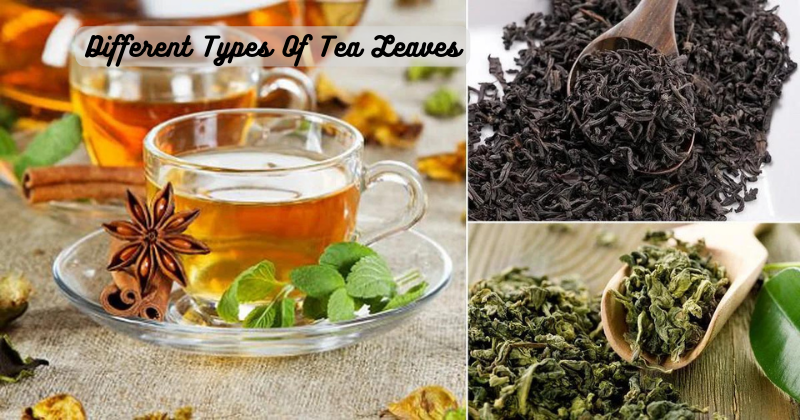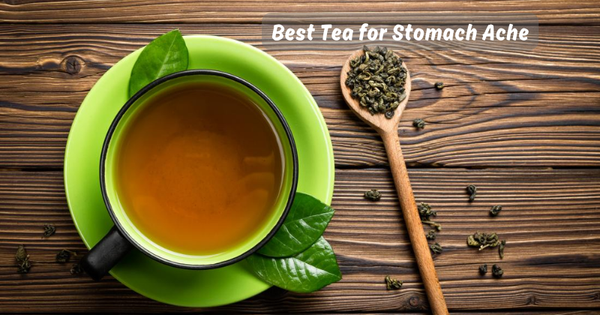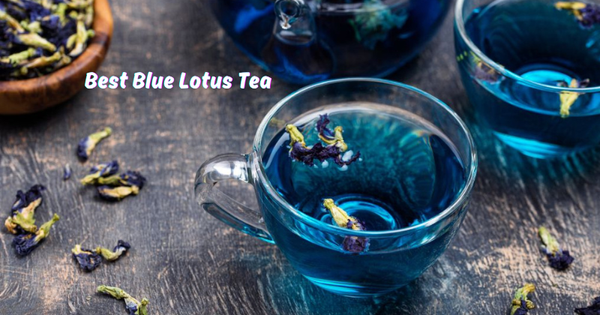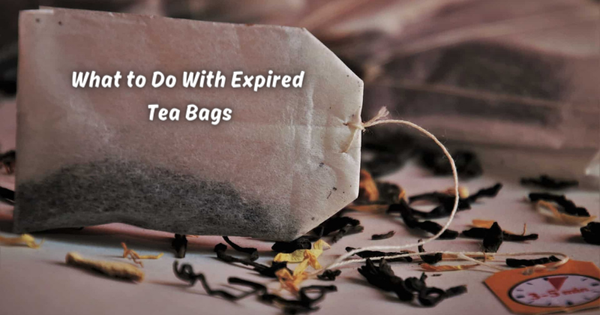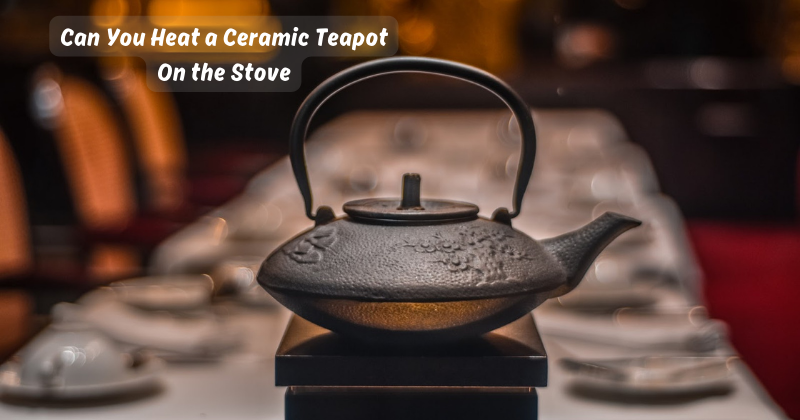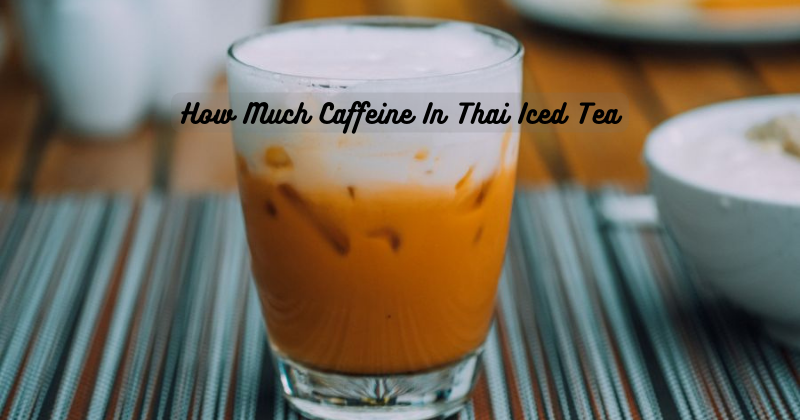Tea is a popular beverage enjoyed by people all around the world. It has been cultivated and consumed for centuries, with its origins dating back to ancient China. Over time, tea has spread to different parts of the world and has evolved into various types based on their growing conditions, processing methods, and flavors.
In this article, we will explore the variety of tea leaves and gain an insight into their unique characteristics. From the classic black tea to the delicate white tea, each type has its own distinct flavor profile and health benefits. So, grab a cup of your favorite tea and let's dive into the diverse world of tea leaves.
The Classic Black Tea
Black tea is one of the most widely consumed types of tea. It is made from fully oxidized tea leaves, resulting in a dark color and strong flavor. Originating from China, black tea is now produced in many countries including India, Sri Lanka, and Kenya.
One of the most popular types of black tea is English Breakfast, which is known for its full-bodied taste and malty notes. Other varieties include Earl Grey with its distinctive bergamot flavor and Darjeeling with its musky aroma.
Black tea is known for its high caffeine content, making it a perfect beverage to kick start your day. It also contains antioxidants that may help boost immunity and reduce the risk of chronic diseases.
The Refreshing Green Tea
Green tea has gained popularity in recent years due to its numerous health benefits. Unlike black tea, green tea is unoxidized and has a delicate flavor profile. It originated in China but is now widely produced in Japan, India, and other parts of Asia.
Sencha, Matcha, and Gyokuro are some popular types of Japanese green tea known for their unique flavors and aroma. In China, Dragonwell and Jasmine tea are highly valued for their refreshing taste and floral notes.
Green tea is rich in polyphenols, which are powerful antioxidants that may help protect against heart disease, cancer, and other illnesses. It also contains a moderate amount of caffeine, providing a gentle energy boost without the jitters often caused by coffee.
Different Types Of Tea Leaves
Apart from black and green tea, there are several other types of tea leaves that are worth exploring. Here are a few:
Oolong Tea:
Oolong tea is a partially oxidized tea that lies in between black and green tea. It originated in China and is also produced in Taiwan, Thailand, and other countries. The level of oxidation can vary from 8% to 80%, resulting in different flavor profiles.
Some popular types of oolong tea include Tie Guan Yin with its floral aroma, Da Hong Pao with its nutty and roasted flavor, and Iron Goddess of Mercy with its rich taste. Oolong tea is known for its unique processing method, which involves rolling the leaves into small balls or twists.
This type of tea contains antioxidants like catechins and caffeine, providing a balance between the benefits of black and green tea. It also has a refreshing taste and smooth texture, making it a favorite among tea connoisseurs.
White Tea:
White tea is the least processed type of tea, made from young and delicate leaves that are picked before they fully open. It originated in China but is now produced in other countries like India, Nepal, and Sri Lanka.
Silver Needle and Bai Mu Dan are two popular varieties of white tea, known for their subtle taste and floral aroma. White tea is also high in antioxidants and contains less caffeine compared to black or green tea.
Due to its minimal processing, white tea has a delicate and light flavor profile. It is often described as having a fresh and sweet taste with hints of honey or flowers. Its health benefits may include reduced risk of heart disease and improved skin health.
Herbal Tea:
Contrary to popular belief, herbal tea is not technically a type of tea as it does not come from the Camellia sinensis plant. Instead, it is made from herbs, fruits, and other plants steeped in hot water.
There are numerous varieties of herbal tea available, each with its own unique flavor and health benefits. Chamomile tea is known for its calming properties, while peppermint tea can aid in digestion. Rooibos tea from South Africa is high in antioxidants and has a naturally sweet taste.
Herbal teas are caffeine-free and can be enjoyed throughout the day. They are also a great alternative for those looking to reduce their caffeine intake but still want to enjoy a warm cup of tea.
Pu-erh Tea:
Pu-erh tea is a fermented type of tea that originated in China's Yunnan province. It is made from sun-dried and oxidized leaves, giving it a rich flavor profile with earthy and woody notes.
Known for its unique processing method, pu-erh tea can be aged like wine, resulting in different flavor profiles and increasing its value over time. This tea is believed to have numerous health benefits, including improved digestion and reduced cholesterol levels.
Pu-erh tea is often compressed into different shapes like cakes or bricks and can be aged for decades, making it a favorite among collectors and tea enthusiasts.
Benefits Of Drinking Tea
There are many reasons why tea has been a popular beverage for centuries. Apart from its unique flavors, tea also offers numerous health benefits. Some of the potential benefits of drinking tea include:
- Improved immune function due to antioxidants and other compounds found in tea leaves.
- Reduced risk of chronic diseases such as heart disease, cancer, and diabetes.
- Increased energy and focus thanks to the natural caffeine content in tea.
- Improved digestion and gut health due to polyphenols found in certain types of tea.
- Calming effects and reduced stress and anxiety levels from the ritual of preparing and enjoying a cup of tea.
- Hydration and replenishment of essential nutrients in the body.
By exploring different types of tea leaves and incorporating them into our daily routines, we can enjoy not only a delicious beverage but also reap the potential health benefits they offer.
Tips For Brewing The Perfect Cup Of Tea
To fully enjoy the flavors and benefits of tea, it's essential to know how to brew a perfect cup. Here are some tips for brewing the perfect cup of tea:
- Use fresh, filtered water to avoid any impurities that can affect the taste of your tea.
- Heat the water to the proper temperature depending on the type of tea you're brewing. Green tea is best brewed at lower temperatures, while black tea requires hotter water.
- Use the right amount of tea leaves for your cup or pot size. As a general rule, use one teaspoon of loose leaf tea per 8oz of water.
- Let the tea steep for the recommended time. Steeping too long can result in a bitter taste, while not steeping enough can result in a weak flavor.
- Use the right tools for brewing, such as a teapot or infuser to allow the tea leaves to expand and release their flavors fully.
By following these simple tips, you can brew a perfect cup of tea every time. So next time you reach for your favorite type of tea, take a moment to appreciate the unique flavors and potential health benefits it offers.
FAQs
Can I reuse tea leaves for multiple brews?
Yes, some types of tea leaves can be steeped multiple times. However, the flavor and strength of the subsequent brews may vary.
Is it safe to drink herbal teas while pregnant or breastfeeding?
It's always best to consult with a healthcare professional before consuming any type of herbal tea while pregnant or breastfeeding.
Can I add milk or sugar to my tea?
This is a matter of personal preference. Some teas, such as black teas, are often enjoyed with milk and sugar, while others may be best enjoyed without any additions. also can be used as a base for many flavored teas.
Is tea a good alternative to coffee?
Yes, tea contains caffeine but in lower amounts compared to coffee. It is also rich in antioxidants and offers a more calming and steady energy boost.
Conclusion
Tea is not just a beverage; it's an experience that has been enjoyed for centuries. With a wide variety of types and flavors, tea offers something for everyone. From delicate white teas to bold pu-erh teas, each type has its own unique profile and potential health benefits.
By incorporating tea into our daily routines and brewing it correctly, we can fully appreciate its flavors and reap its potential health benefits. So next time you need a moment to relax or boost your energy, reach for a cup of tea and savor every sip. So go ahead and explore the world of tea, there's always something new to discover. Cheers!

